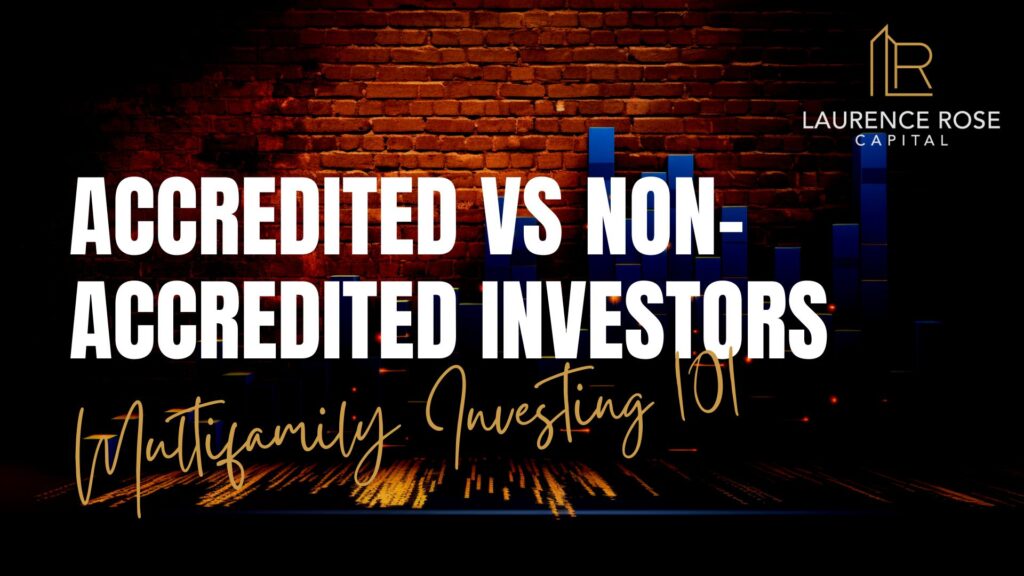Investing in Real Estate vs. Relying on a 401k: Two Drastically Different Retirement Outcomes
It used to be that you went to college, got a good job with a pension, and rode that wave until the day you retired. Things aren’t like that anymore and we’re 100% individually responsible for putting away savings SO THAT we can retire.
Not only are employer-paid pensions practically non-existent, but it’s not common anymore to stay at a single company or even remain in a single career path long term. For this reason, many of us have old, partially funded, half-forgotten retirement accounts scattered throughout our trail of previous employers.
If this sounds familiar, you’re going to want to declutter your retirement accounts ASAP by rolling each one over into a single, consolidated account.
Red Rover Rollover
You don’t want to be on the verge of retirement attempting to remember all the way back to your 20s and 30s as to who you worked for and what financial company managed that 401K, 403b, or IRA. What a disaster!
Trust me, while some of that is moderately fresh in your mind, you’re going to want to consolidate and rollover all your prior retirement accounts into a single, manageable account you can keep track of easily.
It’s a beating, but if you do what it takes now – find all the accounts, see all the notaries, file all the paperwork – your future self (and your family) will thank you SO much.
Investing in Real Estate with Retirement Funds
Here’s where you get to the good stuff. Once you can see the value of your combined retirement accounts and their lackluster performance, you become interested in investment opportunities that have the potential to help you accelerate your earnings.
Did you know you can use your retirement funds to invest in real estate?
Yup! Sure can!
There are absolutely some rules you need to follow in order to do this, but first, let’s walk through a couple of hypothetical scenarios to see why you might be interested in investing in real estate with your retirement savings.
Hypothetical Situation 1: Keep My Money Where It Is
First, let’s pretend you have $100,000 in your consolidated retirement account. And let’s say that over the next few decades, you earn about 7% in returns annually. You add $10,000 per year to the account with compounding growth. In 30 years, when you are retirement age, what do you think you’ll have?
$1.8 million
Not a bad deal. So, you’re thinking, I can handle that, right?
Well, let’s add inflation into the mix. Inflation is about 3.22% per year, which means the cost of living doubles every 22 years.
The 1.8 million that sounds like boo-coo bills right now equates to less than $900,000 in today’s money. Living out retirement on only $900,000 is downright scary.
Enter: The Self-Directed IRA
With a self-directed IRA, you have infinitely more control over the types of investments you’re allowed to make with your retirement money. No more being limited to certain mutual funds, stocks, and bonds, although you can certainly invest in those if you want.
Of course, there are limits – you can’t invest in a vacation home for yourself, for example. But you CAN invest in commercial real estate syndications. These are passive investments where you direct the custodian of your self-directed IRA account to invest the funds in a certain deal on your behalf. Any interest/profit earned from the syndication go right back into your retirement account and build your retirement savings.
Hypothetical Situation 2: Invest My Money In Real Estate Syndications
Now, let’s pretend that the same $100,000 was in a self-directed IRA account, invested in real estate syndications. You invest in deals with a 5-year hold time and a 2x equity multiple, which means over the course of 5 years, your initial investment doubles (roughly 20% annual returns).
To be clear, that means in 5 years, your $100,000 could be $ 200,000 and 30 years from now, your self-directed IRA could value about $6.4 million. Then, don’t forget about the $10,000 in contributions each year, like in hypothetical scenario 1. Add those in and you’d have over $9.5 million at retirement.
*Side note: Being able to contribute $10,000 per year assumes that your employer’s 401K allows in-service rollovers. If that is not allowed, you may be limited to contributing $5,500 per year which makes the total in your account in 30 years around $7.4 million. Still not a bad deal at all.
In Summary
Comparing $9.4 million (or $7.4 million if your contributions were limited) to $1.8 million is a no-brainer.
The impact on your future life and your kids’ future is nearly unimaginable, but add that to the impact your 30 years of real estate investments made on thousands of families whose apartments and communities you helped improve.
I’d choose real estate every time.
The thing is, you can’t make this choice when you’re 65. This is a choice you have to make now. Even if you procrastinate another 5 years, you’re missing out on hundreds of thousands of dollars.
Do it for your future self, for your family, for your children. The sea of paperwork is worth it to prevent your 70-year-old self and your loved ones from experiencing financial stress and strained relationships because of money. Learn the lingo, and do what it takes today so you can live life on your own terms when it matters most.







